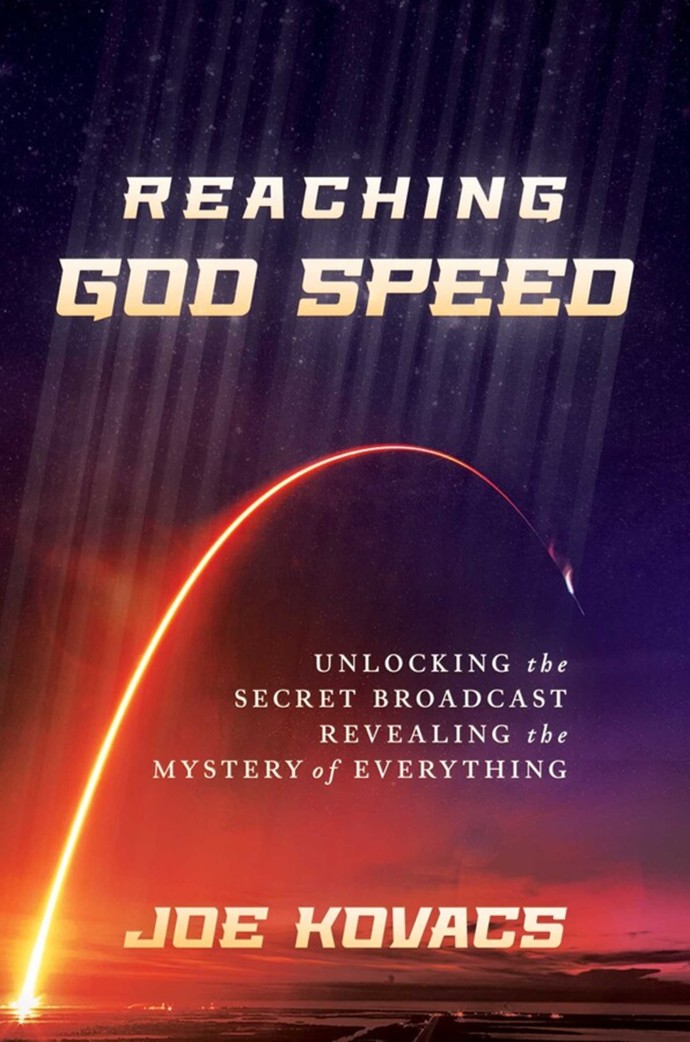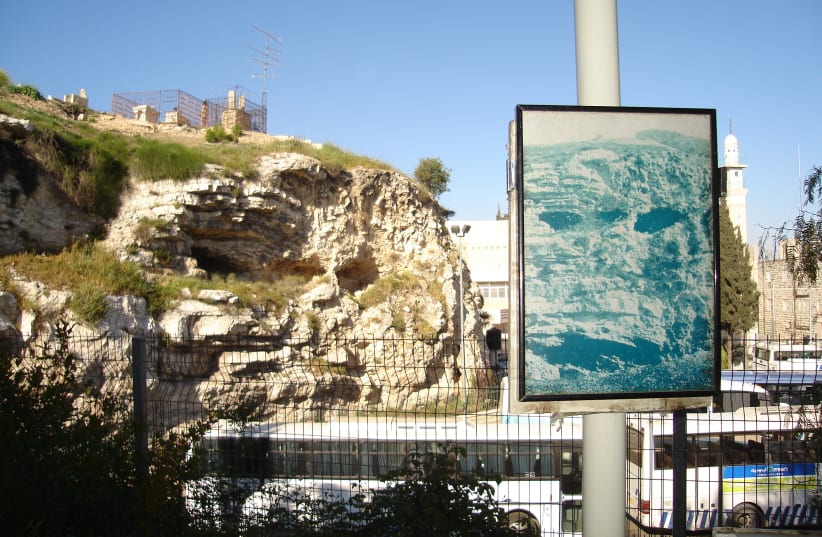Where was Jesus crucified?
Joe Kovacs has tackled this question in his new book, "Reaching God Speed: Unlocking the Secret Broadcast Revealing the Mystery of Everything."


The New Testament describes the crucifixion of Jesus as taking place in Jerusalem.
The verses in Matthew 27:32-56, Mark 15:21-38 Luke 23:26-49 and John 19:16-37 describe Jesus as being brought to the "Place of a Skull.”
Most scholars accept these verses at face value and believe that Jesus was crucified at a site immediately outside Jerusalem's walls called Golgotha that was accessible to passers-by and observable from some distance away.
Eusebius of Caesarea, a fourth-century Greek historian of Christianity, identified its location only as being north of Mount Zion.
The name Golgotha is derived from Goolgolet, the Hebrew word for skull. Similarly, in Aramaic Golgotha means “place of the skull.” The Latin word for skull is calvaria, and in English, many Christians refer to the site of the crucifixion as Calvary.
This is supposedly a reference to either the skull-like appearance of the rock face and/or the presence of bones at the site.
The Gospel of John states there was a garden at Golgotha and an unused tomb owned by a prominent rich man, Joseph of Arimathea, into which Jesus’ body was placed. This tomb is believed by some to be a site known today as the Garden Tomb.
As Jesus had relatively few disciples at the time of his crucifixion, no church or landmark was raised at the site until the fourth century when Constantine ordered the construction of a basilica at the site he believed was Golgotha. This later became known as the Church of the Holy Sepulchre.
The authenticity of this site was questioned as it stands inside the walls of Jerusalem’s Old City. Archaeologists have uncovered remains of other walls that may have existed at the time of Jesus that would put the basilica outside the city walls.
As a result, there is some dispute over the precise location of events.
Though the consensus is that the crucifixion and subsequent burial and resurrection all took place in and around Jerusalem, another dilemma appears suddenly in the book of Revelations:
And their dead bodies shall lie in the street of the great city, which spiritually is called Sodom and Egypt, where also our Lord was crucified (KJV 11:8).
Kovacs explained that the verses describing the crucifixion in Jerusalem were speaking quite literally, describing the geographic location in which the events transpired.
“Scripture does have to agree with itself but it uses different words to describe where Jesus was crucified,” Kovacs said in an interview with Christian World. “Throughout the Gospel, the trial and crucifixion were described as being in Jerusalem. Paul describes this as taking place right outside the city gates.”
“Revelation raises the issue of Jesus being crucified in Sodom and Egypt,” Kovacs said. “But this problem is resolved if you read that verse as a parable. This requires reading the Bible on a higher level, what I call ‘God speed.’”
Kovacs explained that he has incorporated Hebrew into his Bible studies. He refers to the Hebrew names for the cities of Sodom and Egypt.
"The names of the cities have literal meanings,” he explained. “The word Sodom means 'burning' or 'flaming' and Egypt is the 'dark place of misery,’” Kovacs said. “The Hebrew name for Egypt, Mitzrayim, looks and even sounds something like its English meaning of misery.”
By using this method of learning the Bible, Kovacs extracted a deeper meaning from the enigmatic verse describing the site of the crucifixion as being distant from Jerusalem.
"What it's saying is that this world of flesh in which we dwell is a place of darkness, distress and misery where we're being refined in a flaming furnace, the metaphoric 'furnace of affliction,' as God famously calls it in Isaiah 48:10,” Kovacs said. “Hence, spiritually speaking, Jesus was killed in this place where we're all being purified under some serious heat, a place that is quite dark and miserable at times."
In the book, Kovacs also explains his understanding of the number of the beast, the mark of the beast, turning wine into water, the miracle of the blind man and other topics in Bible study.
The book has gained some attention, ranking No. 1 in several Amazon.com categories.
